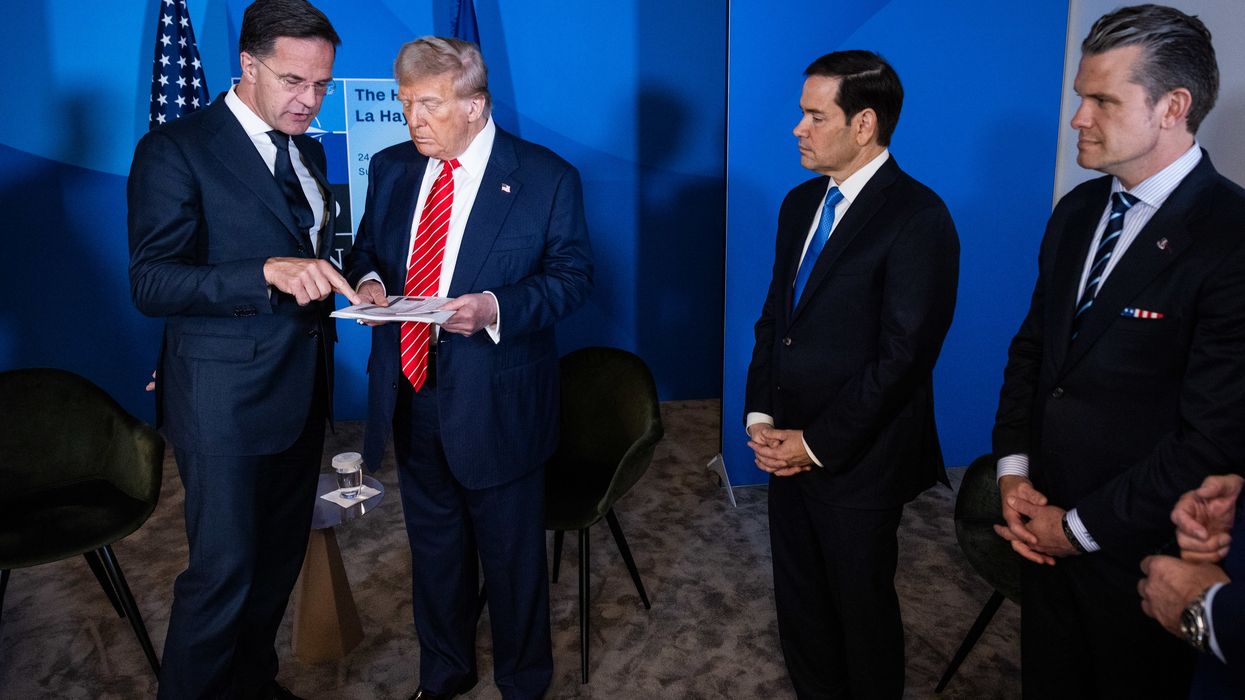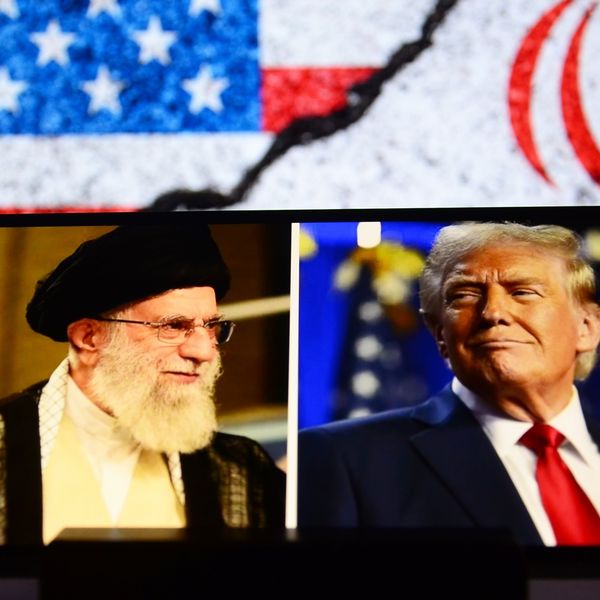Anti-Iranian protests in Afghanistan and the stabbing of three clerics in Iran threaten to cast a shadow over Iranian efforts to capitalise on the fallout in Central Asia of the Russian invasion of Ukraine.
The protests at Iran’s diplomatic representations in Kabul and Herat erupted after videos went viral on social media allegedly showing police beating Afghan refugees in Iran.
Shouting “Mag bar Iran” (Death to Iran), protesters set the Herat consulate’s door on fire and destroyed security cameras.
Iranian and Taliban officials sought to downplay the incident. They said ‘rogue elements’ and forces seeking to stoke unrest had staged the protests.
The protests erupted almost a week after two Iranian Shiite clerics were killed and a third injured in the conservative religious stronghold of Mashhad in a knife attack by an allegedly Afghan Salafi immigrant. The attack occurred at the shrine of Ali Al-Ridha, the eighth Shiite imam.
The incidents cast a shadow over efforts by Iran to exploit geopolitical opportunity that initially emerged with the US withdrawal from Afghanistan in August of last year and has potentially been significantly enhanced by Russia becoming bogged down in the Ukraine war.
The Ukraine conflict means that Russia is less focused on Central Asia. It also casts a shadow over Russian security guarantees for Central Asian states, including Kazakhstan, Kyrgyzstan, and Tajikistan, that are members of the Collective Security Treaty Organization (CSTO).
And it casts a different light on past statements about Kazakhstan by Russian President Vladimir Putin. In January, the Kazakh government asked the CSTO to help end mass anti-government protests.
Russian and other CSTO troops have since left the Central Asian state, but statements by Mr. Putin made weeks before the intervention linger.
Using language reminiscent of his pre-war references to Ukraine designed to lay the groundwork for an invasion, Mr. Putin told a news conference in December that “Kazakhstan is a Russian-speaking country in the full sense of the word."
At the time of the 2014 annexation of Crimea, Mr. Putin asserted that then Kazakh president Nursultan Nazarbayev, Kazakhstan's Soviet-era Communist party boss, had "performed a unique feat: he has created a state on a territory where there has never been a state. The Kazakhs never had a state of their own, and he created it."
Mr. Putin went on to say that Kazakh membership of the five-nation, post-Soviet Eurasian Economic Union “helps them stay within the so-called 'greater Russian world,' which is part of world civilization."
Central Asian states have been careful not to condemn the Russian invasion. Still, they have reportedly rebuffed Mr. Putin’s request that they recognize Donetsk and Luhansk, the two breakaway Russian-backed Ukrainian regions.
Beyond geography and Russia’s security presence in the region, Central Asians need to consider close economic ties with Russia, including the flow of remittances by Central Asian migrant workers that have taken a significant hit because of the Ukraine conflict.
In that environment, Iran, particularly if a revival of the 2015 international nuclear agreement lifts US sanctions, has much to offer landlocked Central Asia.
US and Iranian negotiators are near a make-or-break point on resurrecting the agreement that curbed Iran’s nuclear program but was thrown into disarray after former US President Donald J. Trump withdrew from the accord in 2018.
Iran believes that its opportunity in Central Asia is enhanced because it offers one of the few alternatives to a full embrace by China in the absence of Russia and the United States.
Like much of the rest of the world, Iran has refused to formally recognise the Taliban government as long as it does not demonstrate inclusivity.
Nevertheless, trade with Afghanistan, which hosts multiple land routes to landlocked Central Asia, remains brisk at approximately USD$2.9 billion a year.
Moreover, Iran is discussing with the Taliban the revival of an ambitious rail project that would initially connect Herat to Khaf in north-eastern Iran but ultimately be extended to connect five Central Asian countries.
“This rail line can also link Afghanistan with Iran’s southern ports,” said an Iranian transport official.
The project is part of a proposed US $2bn Five Nations Railway Corridor (FNRC) which would run 2,000 kilometres from China through Kyrgyzstan, Tajikistan, Afghanistan, and Iran.
The project takes on added significance as US and European sanctions against Russia dash Russian, Iranian and Indian hopes for a North-South Transport Corridor (NSTC) that would link India to Afghanistan, Central Asia, Russia, and Europe through Iranian ports.
Iranian and Indian were touting the corridor before the Ukraine
invasion as a viable alternative to Egypt's Suez Canal and an addition to China's Belt and Road Initiative.
In the past year, Iran has also increased military and security cooperation with Central Asian states. Last year, Iran and Tajikistan established a joint military committee that will focus on counterterrorism.
Afghanistan’s neighbours – China, Russia, Pakistan, Tajikistan, and Uzbekistan – gathered in Tehran in October to discuss containing the security fallout of the Taliban takeover in Kabul.
Despite taking advantage of Russia’s self-inflicted predicament, Iran will want to retain good relations with Moscow even if the nuclear agreement is resurrected and US sanctions are lifted.
Iran has no guarantee that the accord will remain in place if US President Joe Biden loses control of Congress in this year's mid-term elections or a Republican, possibly Mr. Trump, wins the 2024 presidential election.
“Maneuvering in Central Asia makes eminent sense for Iran. However, that will not please multiple players. Iran, therefore, needs to ensure that it doesn't close any doors as it fiddles in backyards that everyone is interested in,” said a Western official.
Article republished with permission from The Turbulent World of Middle East Soccer














